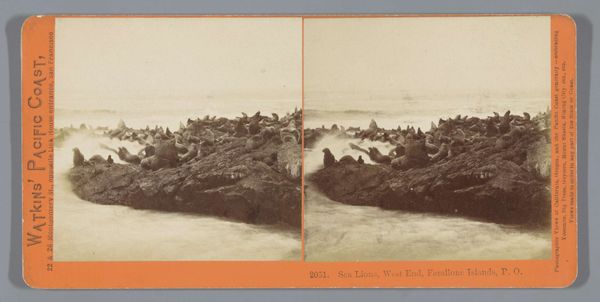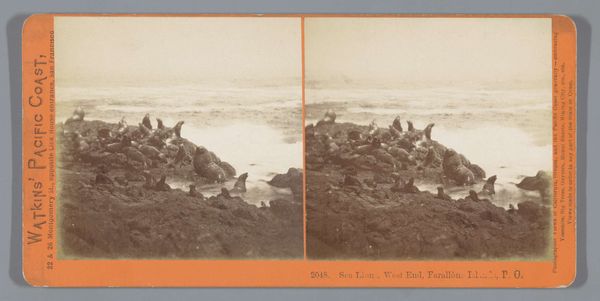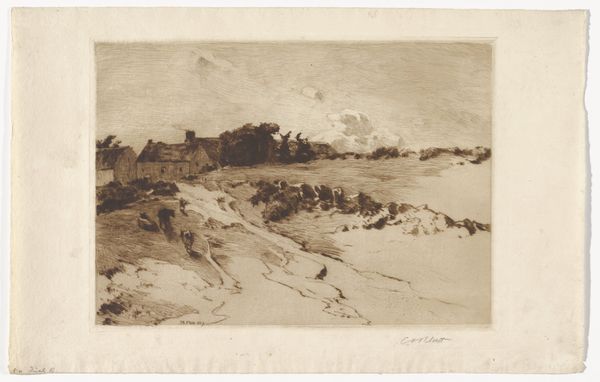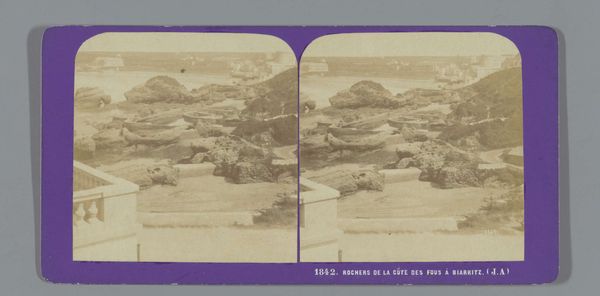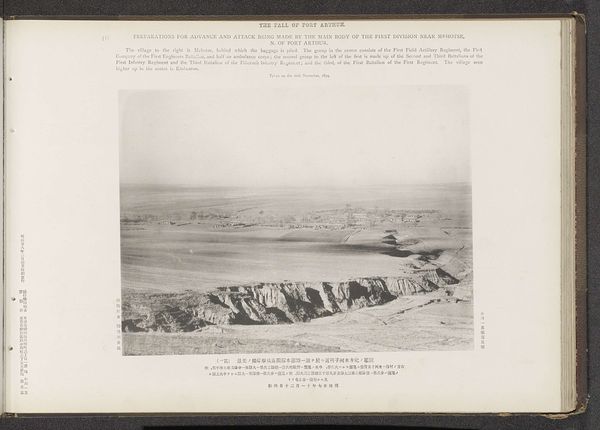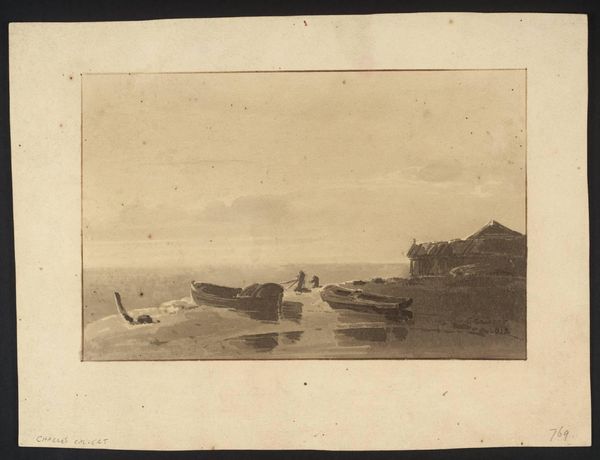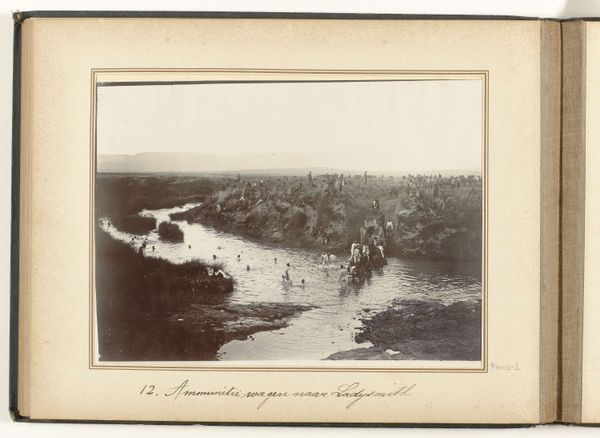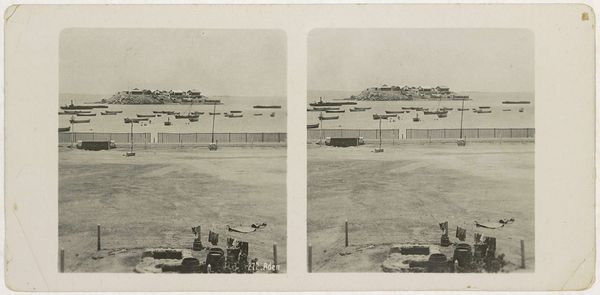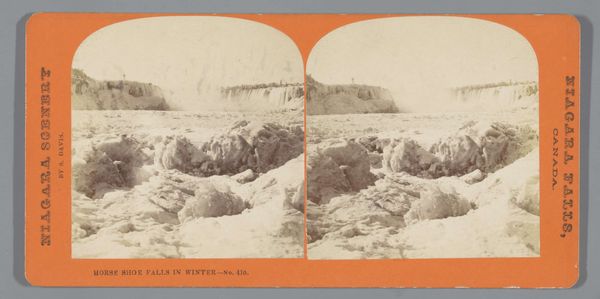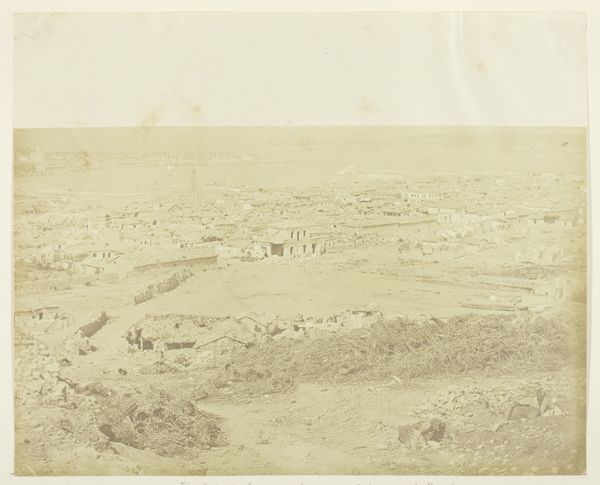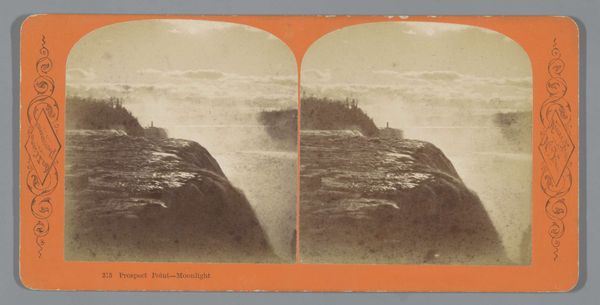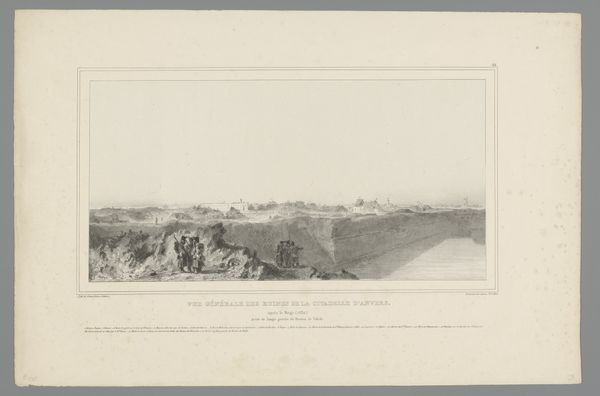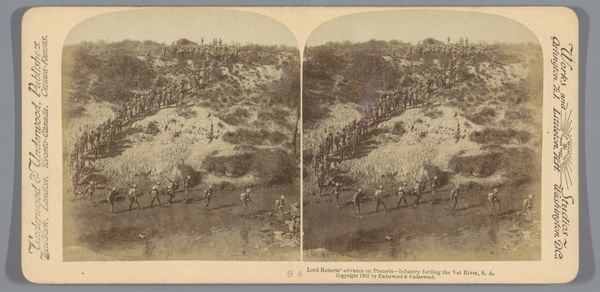
photography, albumen-print
#
landscape
#
photography
#
orientalism
#
albumen-print
Dimensions: height 87 mm, width 176 mm
Copyright: Rijks Museum: Open Domain
Carleton Watkins made this stereograph of sea lions near the Farallon Islands using a wet collodion process. This photographic technique, popular in the mid-19th century, involved coating a glass plate with light-sensitive chemicals, exposing it in the camera while still wet, and then developing it immediately. The resulting glass negative could then be used to make multiple prints, often on albumen paper for a warm, sepia tone. Watkins was known for his large, detailed landscape photographs, but this smaller stereograph highlights the industrial nature of photography at the time. These images were mass-produced and sold as affordable keepsakes and views, playing a significant role in shaping public perceptions of the American West. The labor involved in creating the photograph, from preparing the chemicals to printing the final image, reflects the rise of photography as a commercial enterprise. By appreciating the materials and methods behind this image, we can gain a deeper insight into the social and economic context that shaped its production and consumption.
Comments
No comments
Be the first to comment and join the conversation on the ultimate creative platform.
